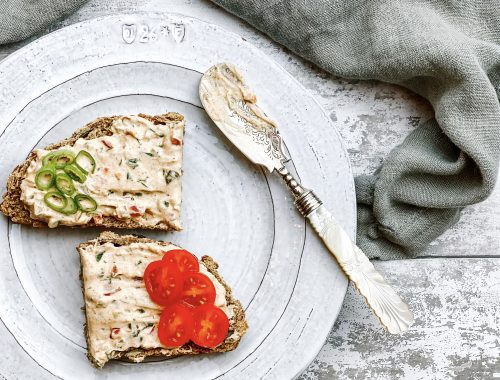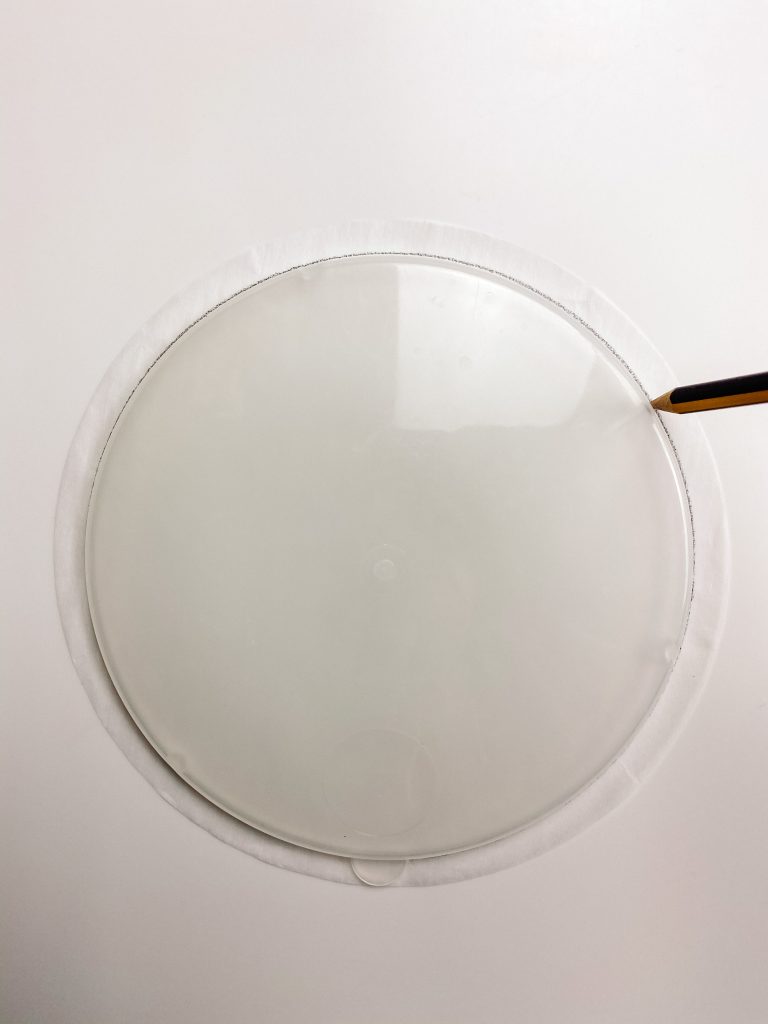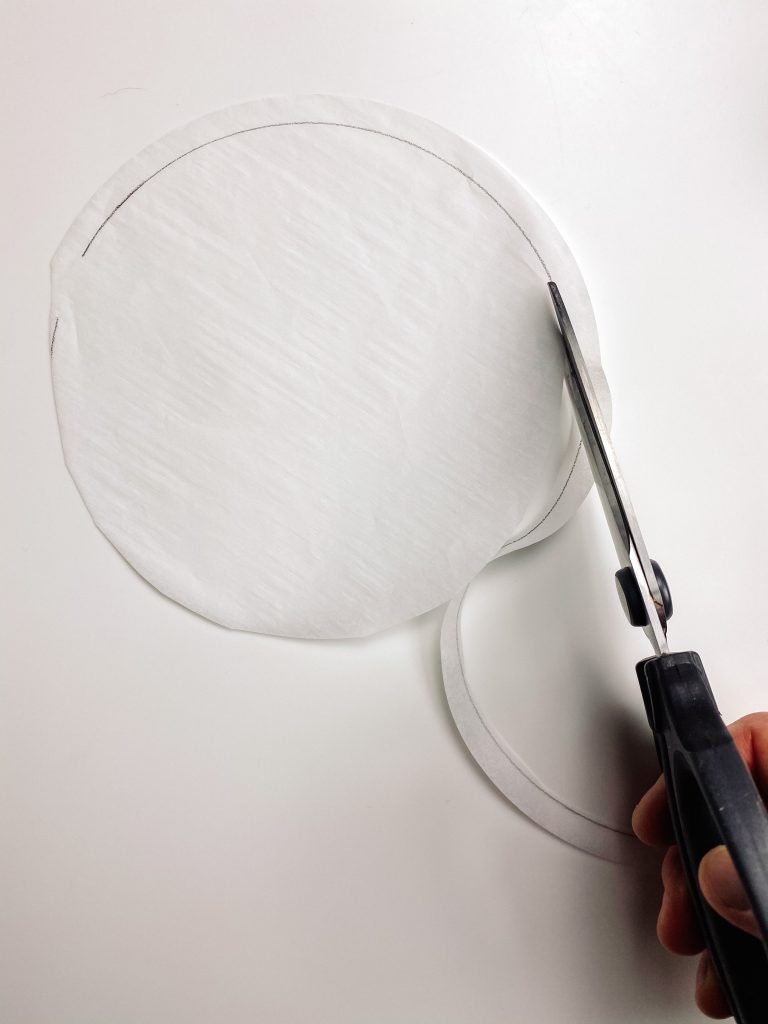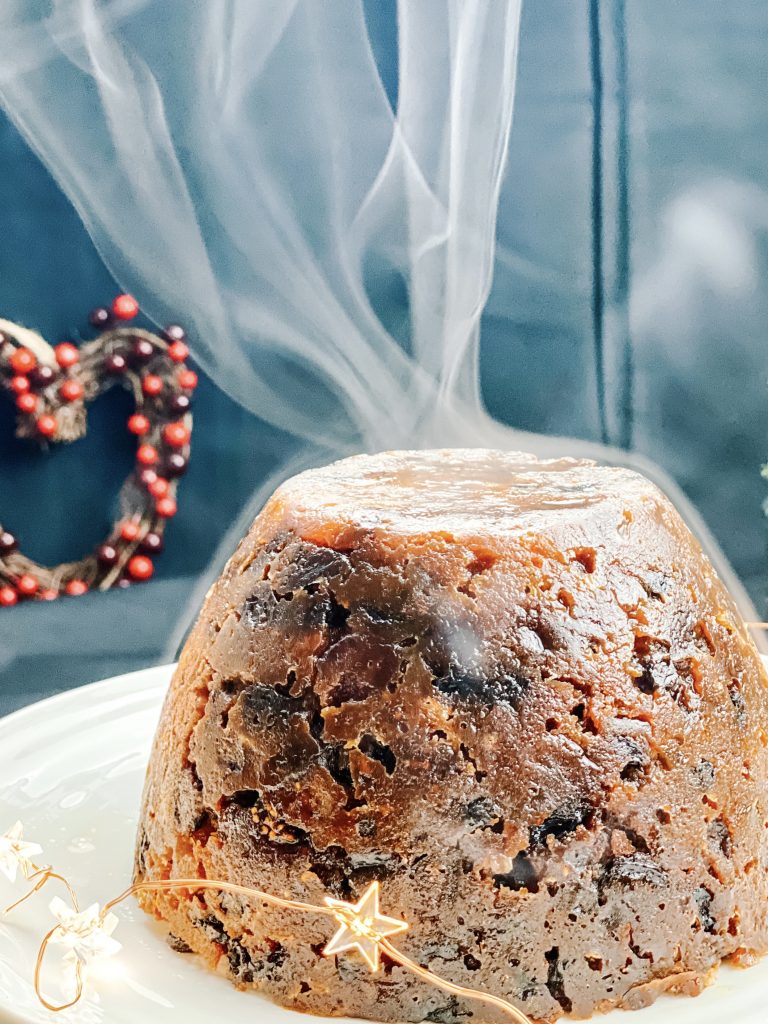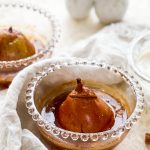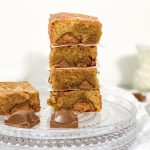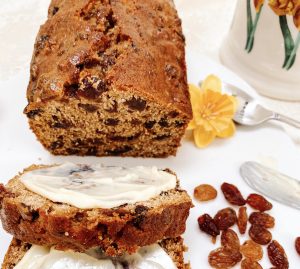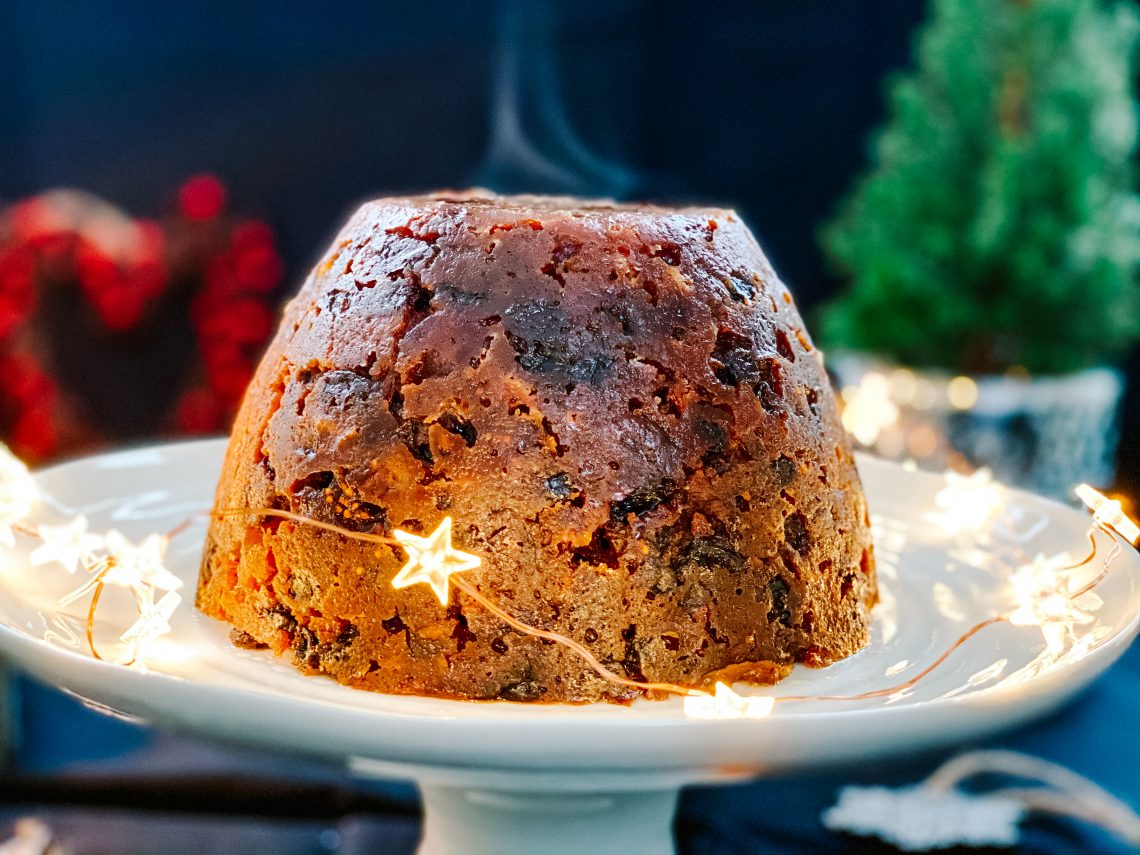
Christmas Pudding
I have tried out a few recipes for Christmas pudding, but from the moment I found this one, I have made no other. We have had the same pudding for 25 years! It is a recipe from the absolutely fabulous Nigel Slater and I think I found it in a magazine or newspaper all those years ago.
Whilst we all like variety in our diets and trying new things, there is something exceedingly comforting about knowing what to expect at Christmas. I can safely say, that our menu is pretty consistent year on year. We normally have Christmas in Switzerland and I confess I take over the ingredients I need so our meal is the same as we have been used to in London.
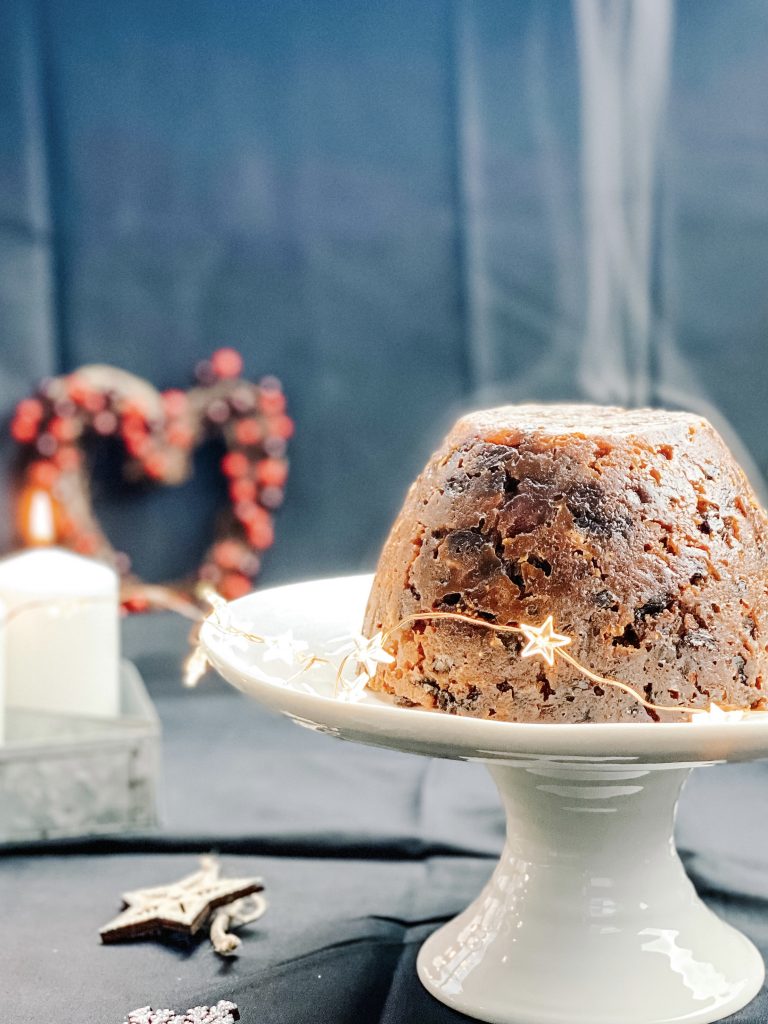
This pudding has all the incredible flavours of Christmas; it is loaded with fruit, moist, juicy and bizarrely light but sticky enough to meet tradition. I love it with fresh homemade custard or white sauce. Andrew loves it with cream and Charlotte will generally have custard too. I confess this isn’t Emma’s thing – she prefers something chocolatey or a sticky toffee pudding. I grew up eating Christmas pudding with white sauce – a sort of custard made with cornflour rather than custard powder and I still love this to this day. Another hugely popular accompaniment is brandy butter, although I confess, it’s not one we eat in our house.
It is a really quick pudding to make although there are quite a few ingredients, you need to allow time for the fruit to steep and it needs to be cooked for a very long time. It also benefits from being made a few weeks in advance for the flavours to develop, hence I am posting it today.
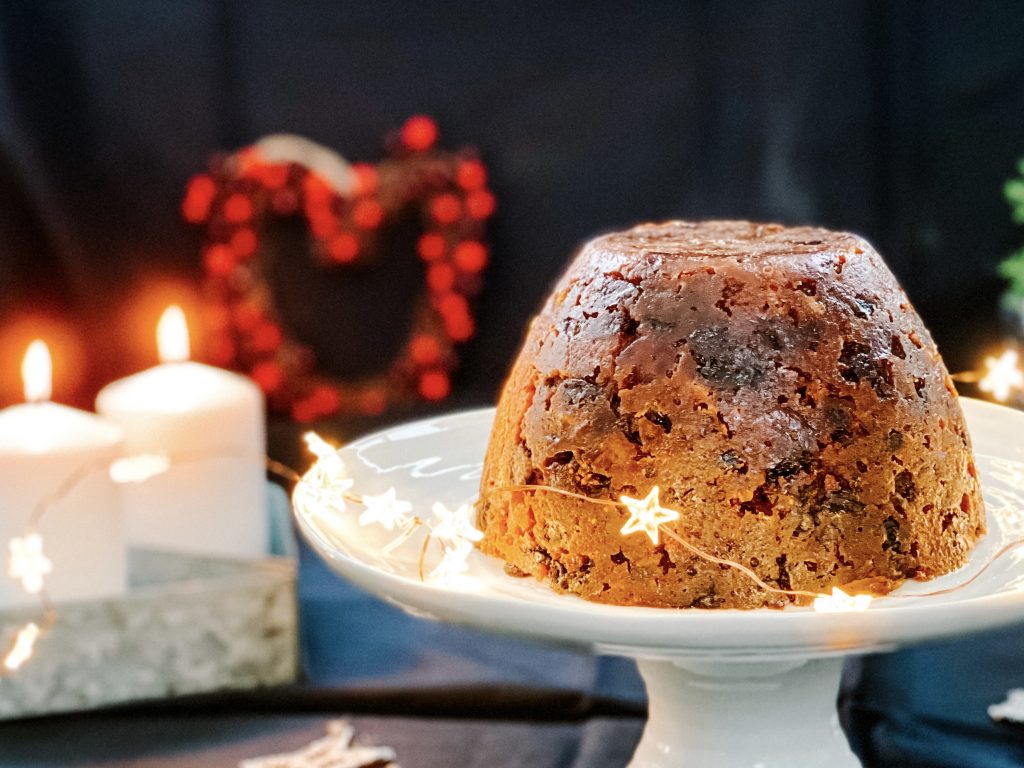
How to make Christmas Pudding
You must remember to start making this pudding the day before you want to cook it.
Collect the ingredients together:
The day before –
- dried figs, stem removed and chopped
- dates, stone removed and chopped
- sultanas
- currants
- raisins
- candied peel, finely chopped if necessary
- glace cherries, halved
- blueberries
- dried apricots, chopped
- brandy
OR – your choice of dried fruit in the equivalent weight
The following day –
- fresh white or brown breadcrumbs
- stem ginger in syrup
- ginger syrup
- apples
- plain/all-purpose flour
- mixed spice
- fine salt
- shredded suet
- light muscovado sugar
- oranges, zest and juice
- large eggs
How to make Christmas Pudding:
- The day before you want to cook the pudding you must collect all the dried fruit together. If necessary, chop any larger pieces so all the fruit is roughly the same size.
- Add the brandy and stir to mix.
- Cover with cling film and leave to sit overnight.
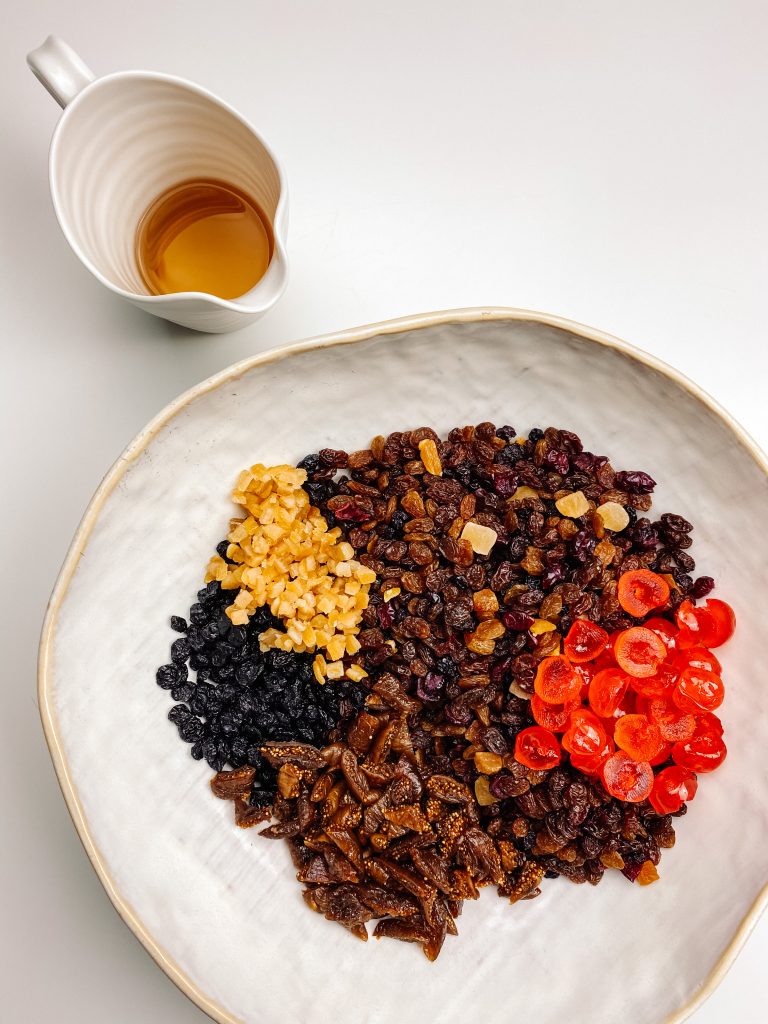
Ingredients 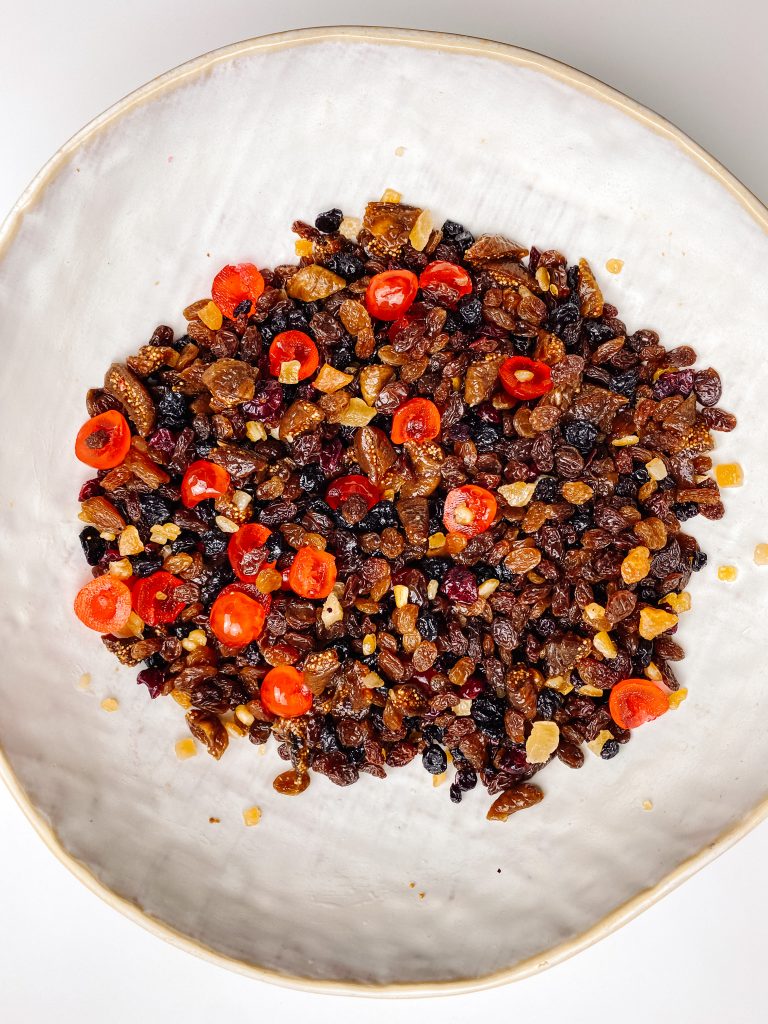
Mix the fruit with the brandy and cover.
The following day:
Prepare the cooking basins and lids:
- Lay the lid on some baking parchment and mark the size of the lid.
- Trim the paper.
- Fold the paper over but fold it slightly less than the full half.
- Turn the paper over.
- Lift up the top half so that there is a pleat in the centre of the paper – this allows for any expansion of the pudding.
- Check it fits inside the lid – you may need to trim the edges slightly to fit.
- Grease the side of the baking parchment which will be on the pudding and also grease the basins with butter.
Add the remaining ingredients to the fruit:
- Rip the bread into pieces, put into a food processor and process until you have fine breadcrumbs.
- Finely chop the stem ginger and mix with the syrup from the jar.
- Peel and core the apples and grate with a box grater.
- Add the flour, suet and breadcrumbs to a large mixing bowl. Stir to mix.
- Then add the sugar, spice and salt and mix thoroughly. Tip onto the dried fruit and brandy mix.
- Now add the ginger, grated apple, orange zest and orange juice.
- Beat the eggs and add to the bowl.
- Mix everything together thoroughly.
- Divide equally between your prepared pudding bowls. Press the mixture down quite firmly and flatten the surface.
- Cover with the baking parchment, greased side down and seal with the lids.
- Cook your puddings for 3½ hours. You can do this in the steam oven – the slow cooker or a saucepan. (See notes below.)
- You can now store the pudding, in a cool, dry and dark location, until Christmas.
- On Christmas Day all you need to do is to steam the pudding again – for 3½ hours again, following the same instructions. If you use the slow cooker, it should not get in the way of any other cooking you are doing!
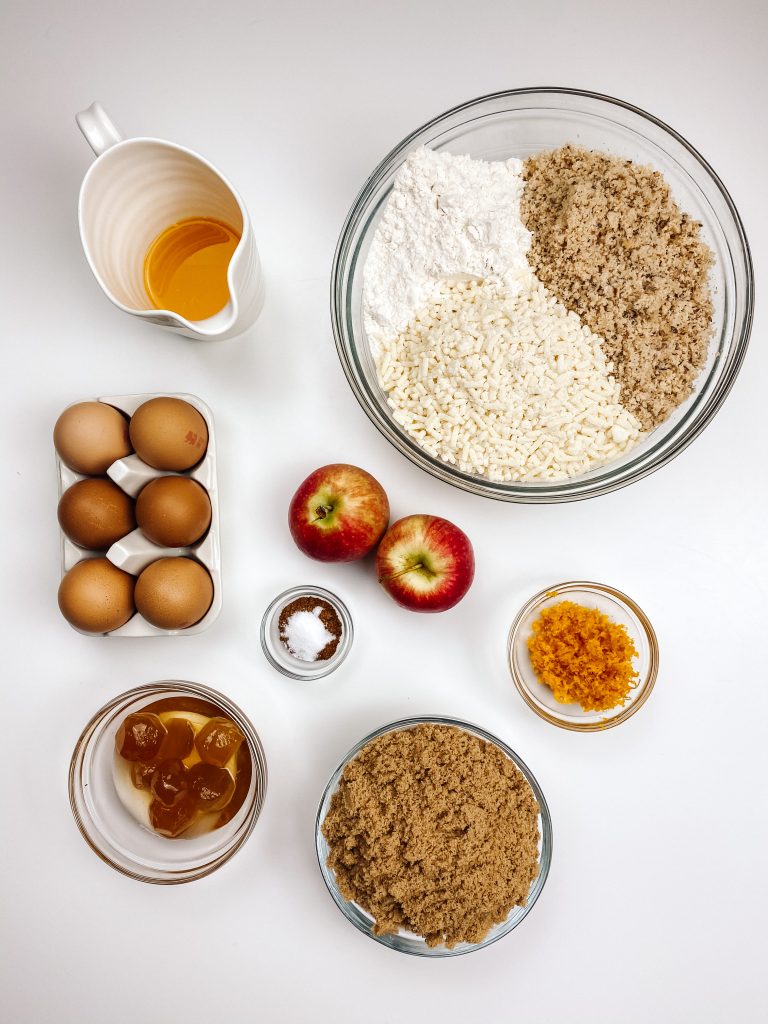
Remaining ingredients 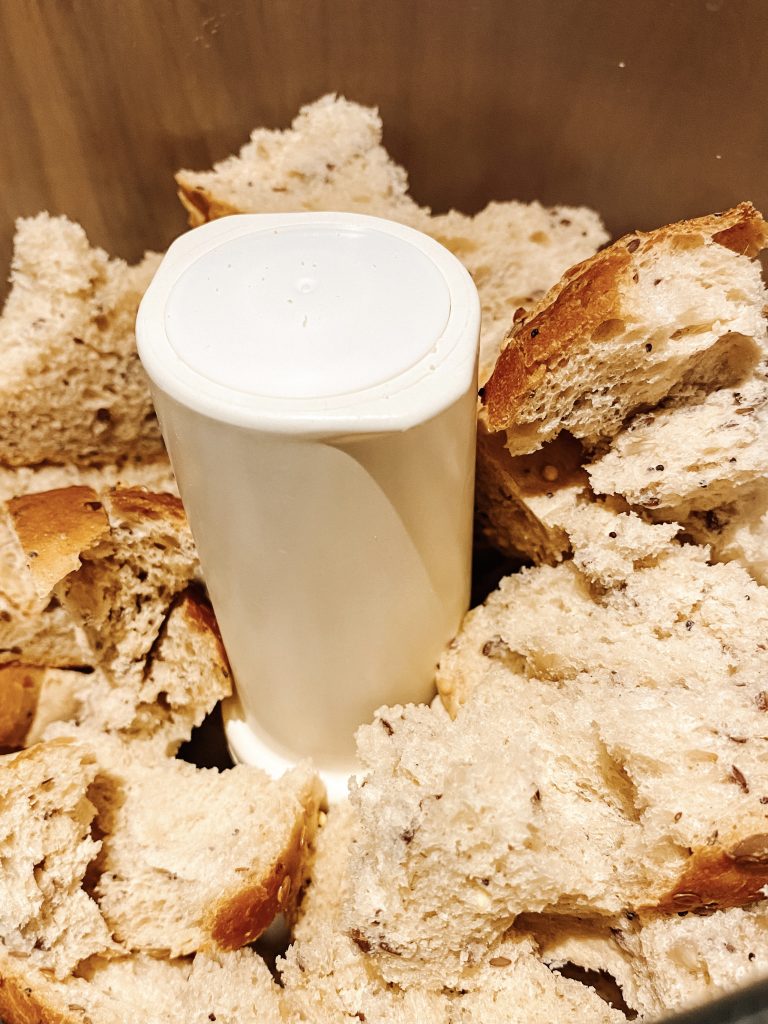
1 Rip bread into pieces, put into food processor 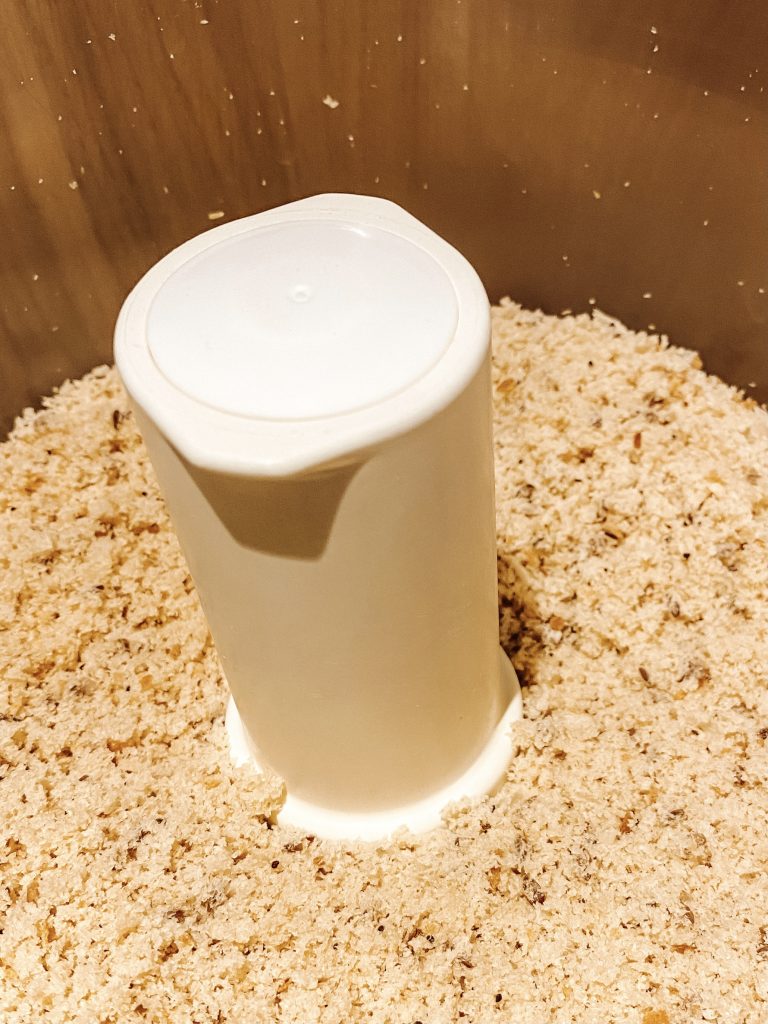
…. process until you have fine breadcrumbs. 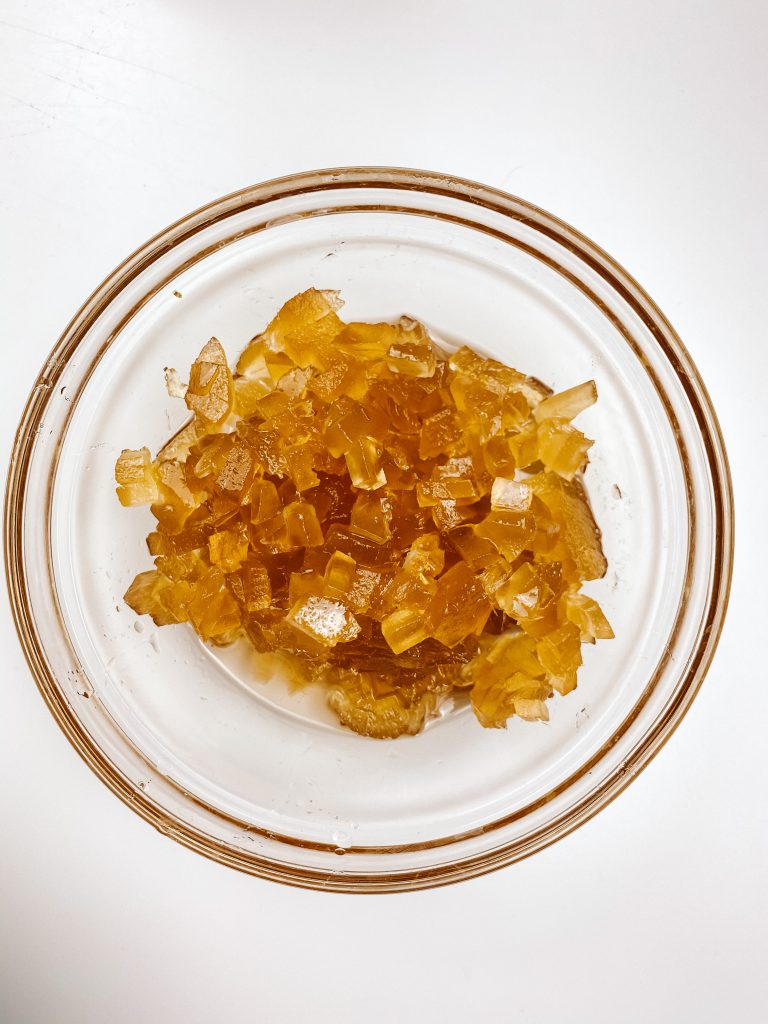
2 Finely chop stem ginger, mix with syrup from jar 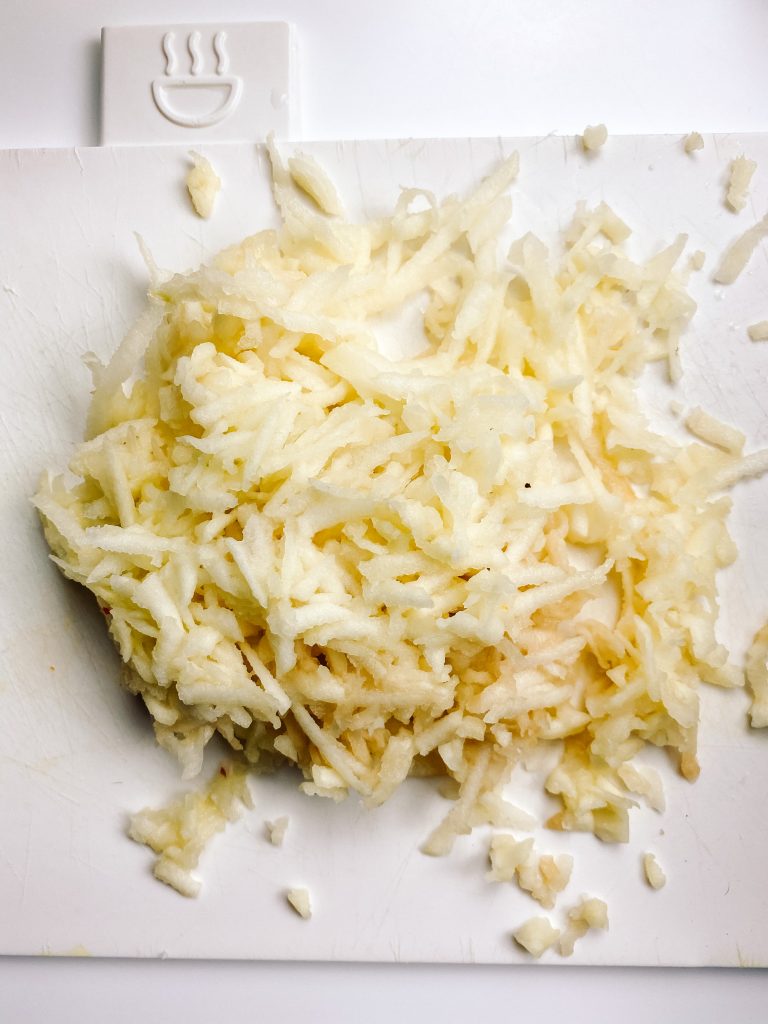
3 Peel and core the apples and grate 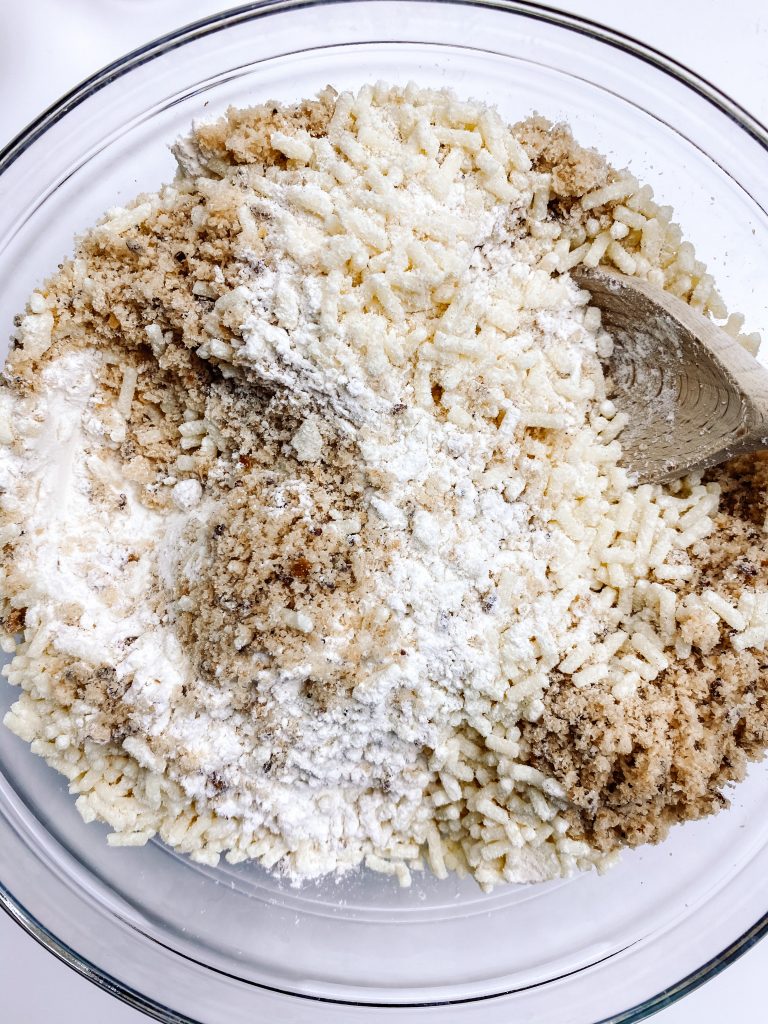
4 Mix flour, suet and breadcrumbs 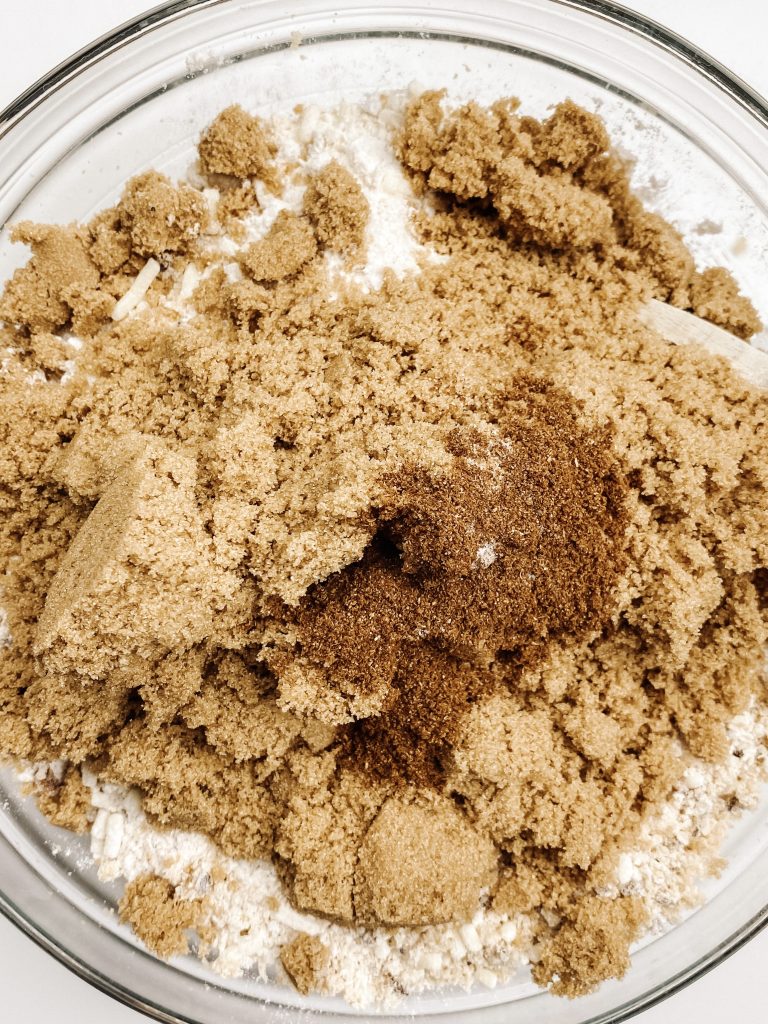
5 Add sugar, salt and spice. Mix 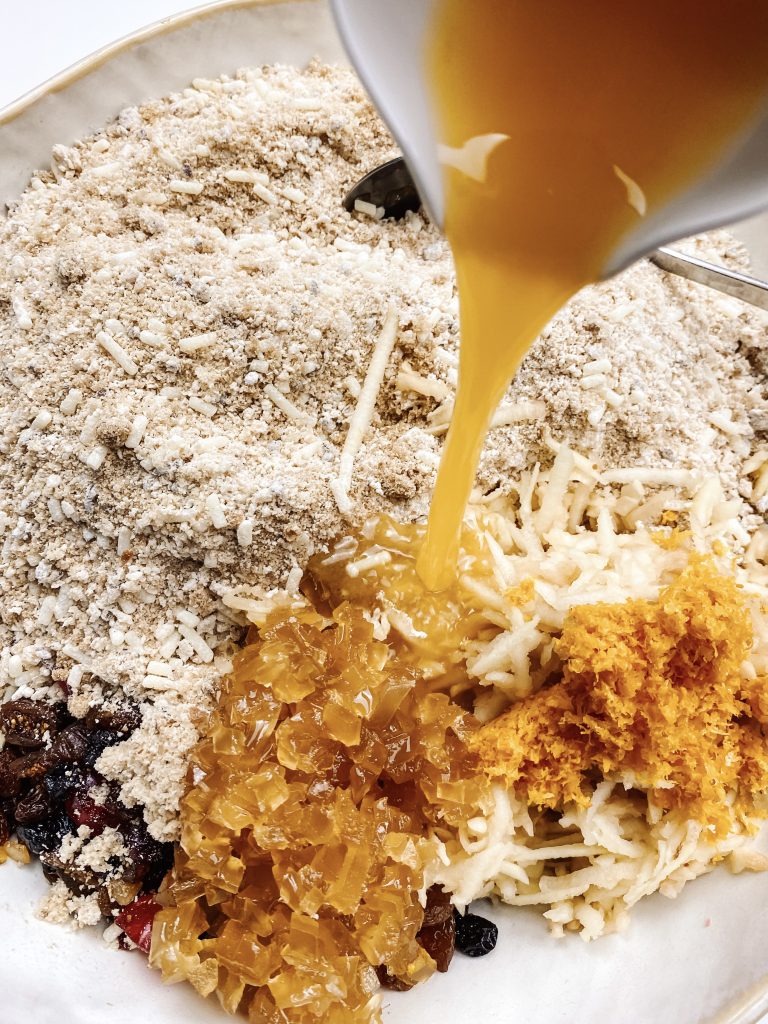
6 Add to soaked fruit with orange, ginger and apple 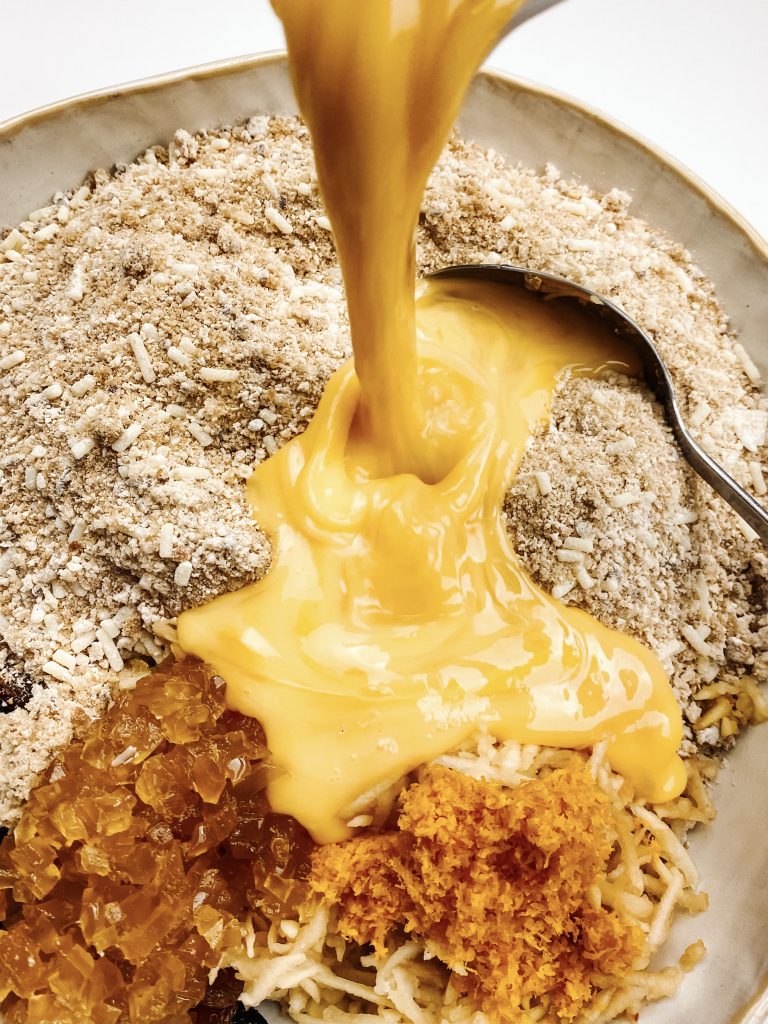
7 Beat eggs and add 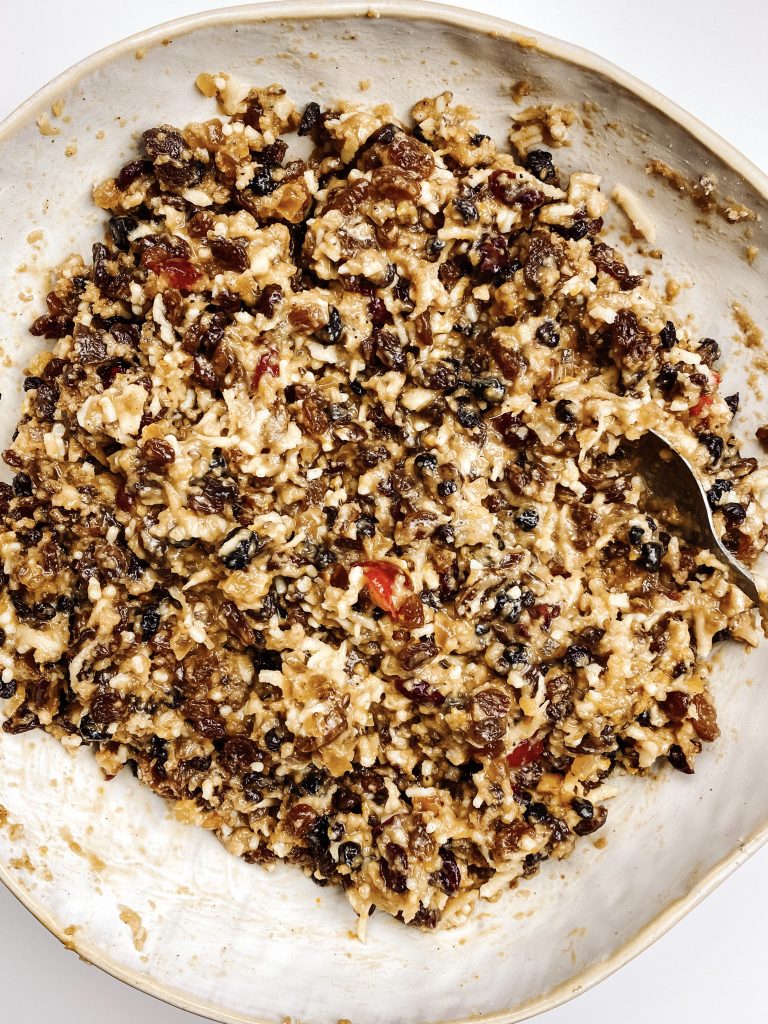
8 Mix everything together 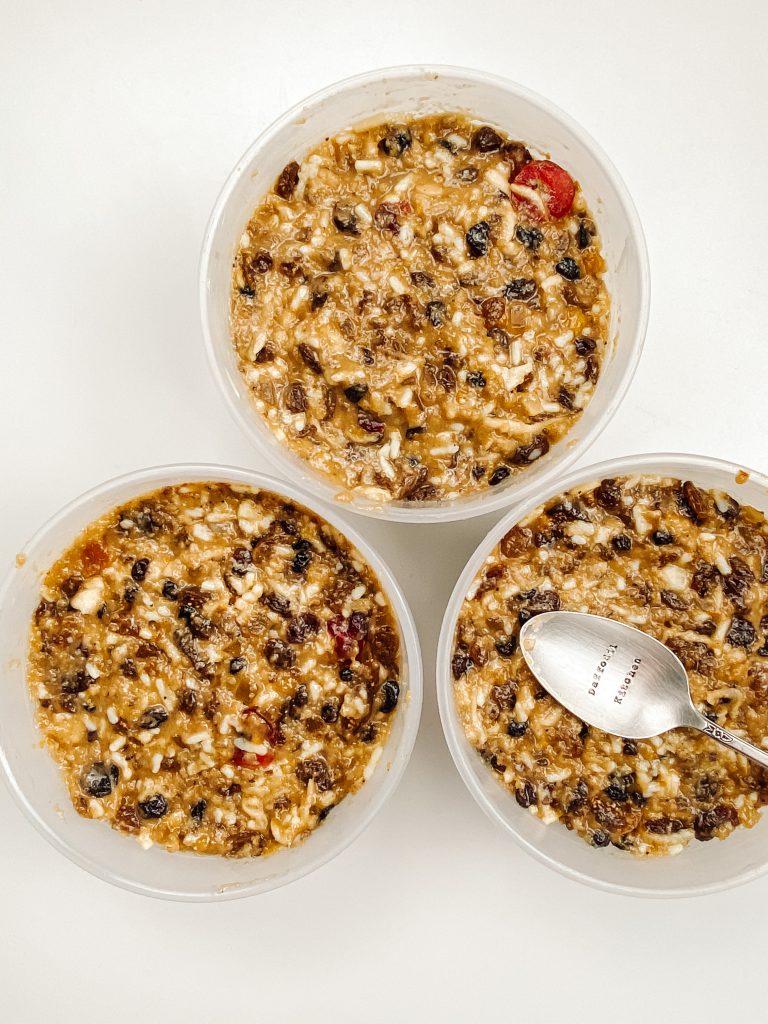
9 Divide between pudding bowls. Flatten the surface. 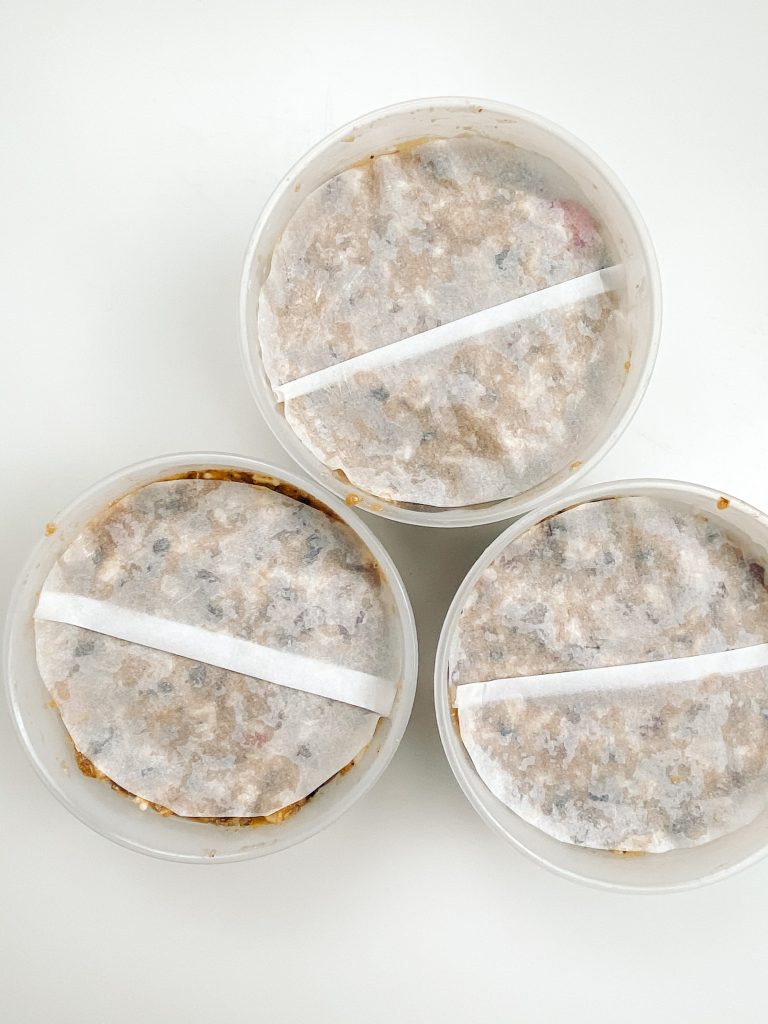
10 Cover with parchment…. 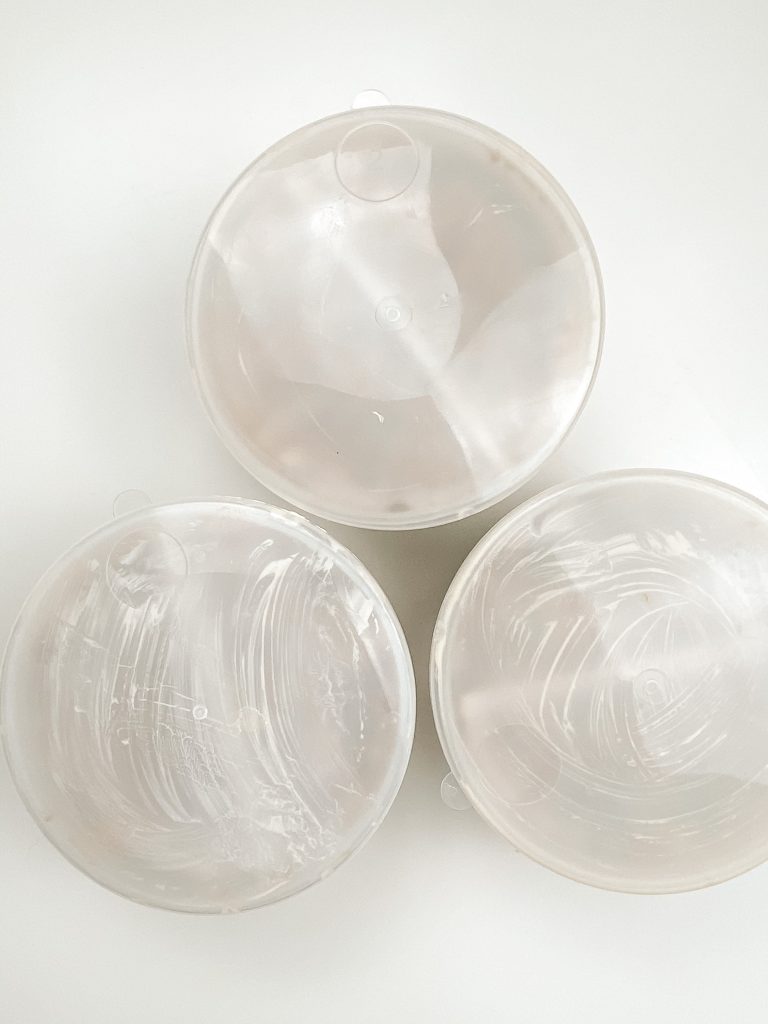
…. seal with the lids 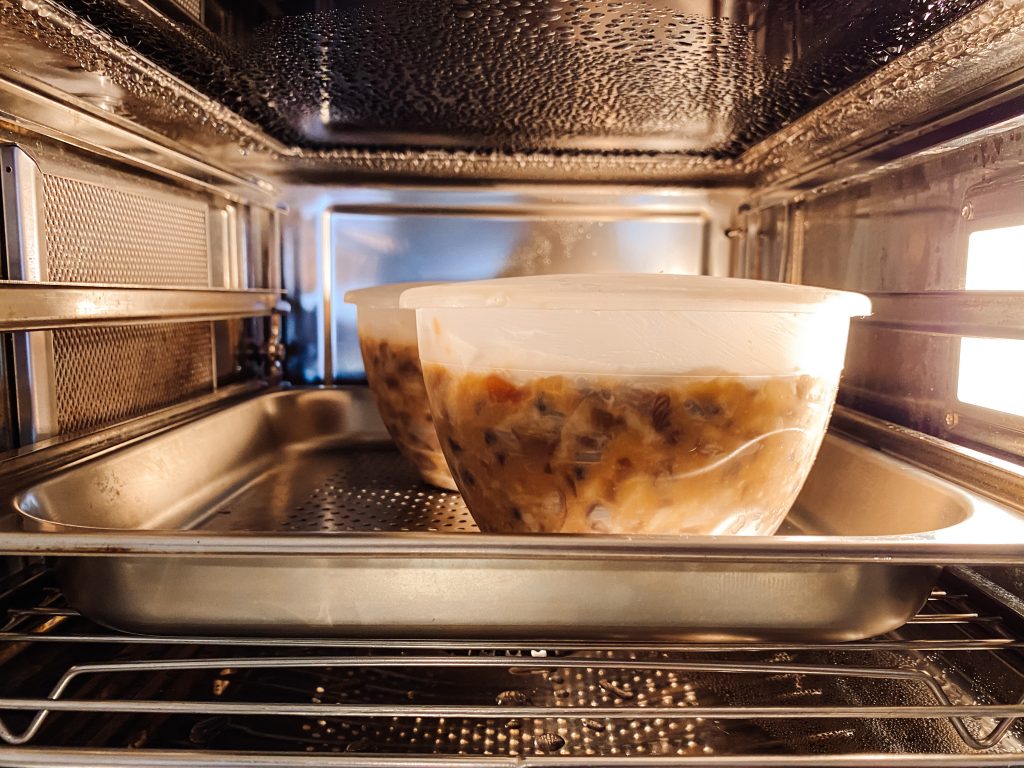
12 Cook in the steam oven.. 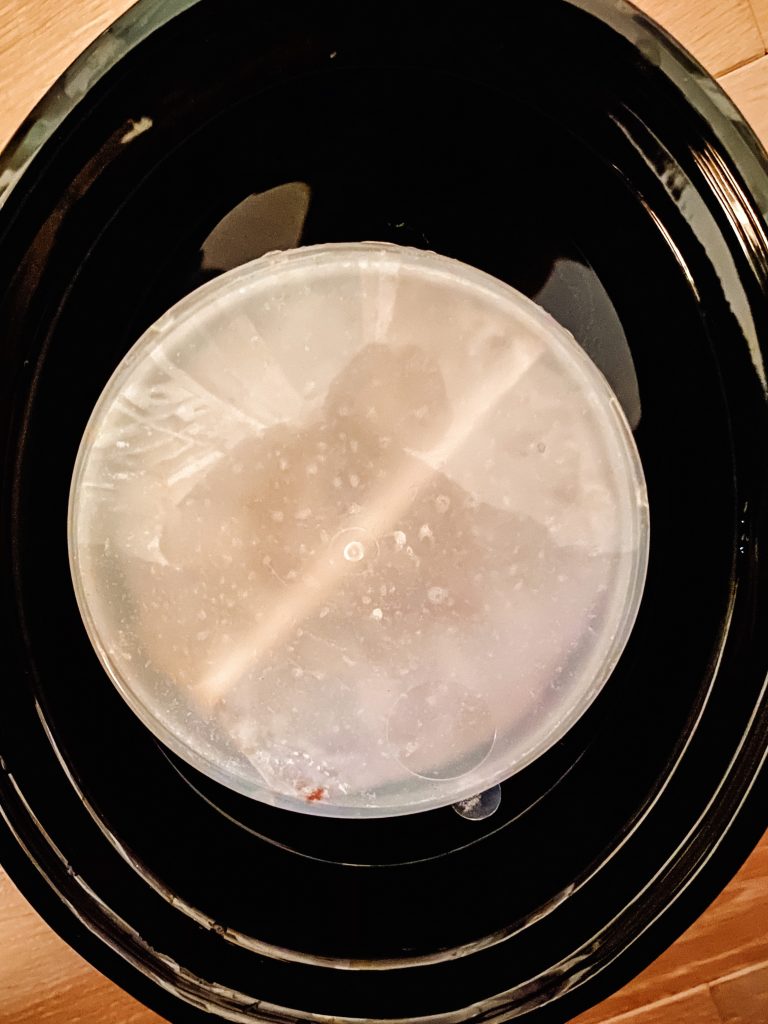
..or the slow cooker or a saucepan
Different ways to steam.
Unless you have a steam oven, steaming can put people off – you have to keep an eye on the pan to make sure it has not run out of water and it can create a lot of condensation in the kitchen. I have a solution to that! I steam puddings in a Slow Cooker. You can buy simple Slow Cookers from around £25 and they are worth every penny. I bought mine years ago, it cost £20 and it is still going strong.
Although you still need to ensure the slow cooker doesn’t run dry, I’ve steamed Christmas puddings in it for 3½ hours and I have not needed to top up the water. Also, you do not get the condensation in the kitchen. It really is a fabulous way to steam puddings and it keeps the hob clear when you are trying to cook so many other things.
- in a slow cooker – before you start making the dessert, fill a slow cooker ⅓ full with boiling water and set on high to heat up. When you add the pudding bowl, make sure the water is nowhere near the lid of the bowl. Steam on high with the slow cooker lid on.
- in a saucepan – sit the pudding bowl in a saucepan and add boiling water to come half way up to the sides of the bowl. Bring to a simmer, put the lid on and regularly check that the water does not run dry. When it is low, top up with more boiling water. Typically the bowl is sat on an inverted saucer in the base of the saucepan. However it can rattle a lot and be noisy. As long as there is sufficient water, I find you do not need this.
- in a steam oven – cook according to oven instructions.
To serve, invert the pudding:
- Remove the lid and loosen the edges with a knife, if necessary.
- Place a warmed plate over the top of the pudding and turn both over together at the same time to invert the pudding. Use oven gloves as the bowl will be very hot. You may need to give the bowl a little shake or pat for the pudding inside to release.
- Serve on the warmed plate.
- To light the pudding, heat some brandy in a small pan. When it is very hot, but not boiling (you don’t want it to boil, or you will loose some alcohol and this is what burns) you can either:
- pour it over the pudding and then light it, OR
- light the brandy in the pan and then pour the burning alcohol over the pudding.
Unfortunately I missed the burning stage in my photographs, although I did manage to get the smoke at the end, once the flames had died down!
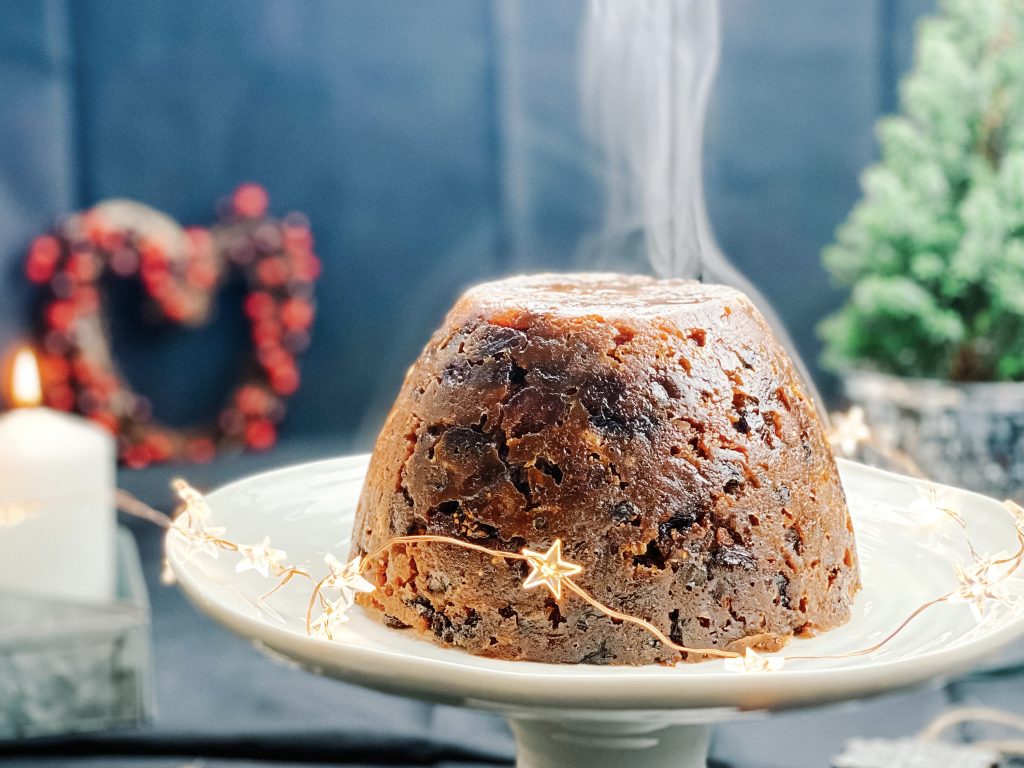
Made this recipe?
If you make this recipe, do please tag me on instagram @daffodil_kitchen. You could also leave a comment in the box directly below the recipe.
Christmas Pudding
This pudding has all the incredible flavours of Christmas; it is moist, juicy and bizarrely light but sticky enough to meet tradition. (Each of the smaller puddings serves 4 – 6. The larger puddings serve up to 8 people.)
Ingredients
Steep the fruit the day before –
- 150g dried figs, stem removed and chopped
- 250g sultanas
- 160g currants
- 160g raisins
- 50g candied peel, finely chopped if necessary
- 100g glace cherries, halved
- 80g blueberries
- 150g dried apricots, chopped
- 100ml brandy
- OR your choice of dried fruit in the equivalent weights. Total weight is 1kg and 100g
The following day –
- 250g fresh white or brown breadcrumbs
- 125g stem ginger in syrup
- 2 tablespoons ginger syrup
- 2 apples
- 175g plain/all-purpose flour
- 1 teaspoon mixed spice
- ¼ teaspoon fine salt
- 250g shredded suet
- 350g light muscovado or light brown sugar
- 2 oranges, zest and juice
- 6 large eggs
To flame the pudding –
- 2 tablespoons of brandy or vodka
Instructions
The day before you want to cook the pudding:
-
Steep the fruit: collect all the dried fruit together. If necessary, chop any larger pieces so all the fruit is roughly the same size.
-
Add the brandy and stir to mix.
-
Cover with cling film and leave to sit overnight.
The following day:
-
Prepare the cooking basins and lids: (See images in the post above) Lay the lid on some baking parchment and mark the size of the lid. Trim the paper.
-
Fold the paper over but fold it slightly less than the full half. Turn the paper over.
-
Lift up and press over the top half so that there is a pleat in the centre of the paper – this allows for any expansion of the pudding.
-
Check it fits inside the lid – you may need to trim the edges slightly to fit.
-
Grease the side of the baking parchment which will be on the pudding and also grease the basins with butter.
-
Add the remaining ingredients to the fruit: rip the bread into pieces, put into a food processor and process until you have fine breadcrumbs.
-
Finely chop the stem ginger and mix with the syrup from the jar.
-
Peel and core the apples and grate with a box grater.
-
Add the flour, suet and breadcrumbs to a large mixing bowl. Stir to mix.
-
Then add the sugar, spice and salt and mix thoroughly. Tip onto the dried fruit and brandy mix.
-
Now add the ginger, grated apple, orange zest and orange juice.
-
Beat the eggs and add to the bowl.
-
Mix everything together thoroughly.
-
Divide equally between your prepared pudding bowls. Press the mixture down quite firmly and flatten the surface.
-
Cover with the baking parchment, greased side down and seal with the lids.
-
Cook your puddings for 3½ hours. You can do this in the steam oven – the slow cooker or a saucepan. (See Recipe Notes below.)
-
You can now store the pudding, in a cool, dry and dark location, until Christmas.
On Christmas Day:
-
All you need to do is to steam the pudding again – for 3½ hours again, following the same instructions. If you use the slow cooker, it should not get in the way of any other cooking you are doing!
-
To serve: remove the lid and loosen the edges with a knife, if necessary.
-
Place a warmed plate over the top of the pudding and turn both over together at the same time to invert the pudding. Use oven gloves as the bowl will be very hot. You may need to give the bowl a little shake or pat for the pudding inside to release.
-
Serve on the warmed plate.
-
To light the pudding, heat some brandy in a small pan. When it is very hot, but not boiling, (you don’t want it to boil, or you will loose some alcohol and this is what burns) you can either:
– pour it over the pudding and then light it, OR
– light the brandy in the pan and then pour the burning alcohol over the pudding.
-
Serve with: custard, fresh cream, white sauce, brandy butter and/or ice cream.
Recipe Notes
Equipment:
- kitchen scales and measuring spoons
- chopping board and knife
- 2 large mixing bowls
- grater and reamer
- 2 x 1.5 litre or 3 x 1.2 litre heatproof pudding basins with lids
- slow cooker or saucepan and lid or steam oven
Cover pudding basins with foil?
Nigella says that she covers her pudding basins with foil to remove any chance of water getting into the pudding, particularly if your lid is not a good fit. I have never had to do this, but if you are concerned at all, it is a great tip.
Different Ways to Steam:
Unless you have a steam oven, steaming can put people off – you have to keep an eye on the pan to make sure it has not run out of water and it can create a lot of condensation in the kitchen. I have a solution to that! I steam puddings in a Slow Cooker. You can buy simple Slow Cookers from around £25 and they are worth every penny. I bought mine years ago, it cost £20 and it is still going strong.
Although you still need to ensure the slow cooker doesn’t run dry, I’ve steamed Christmas puddings in it for 3½ hours and I have not needed to top up the water. Also, you do not get the condensation in the kitchen. It really is a fabulous way to steam puddings and it keeps the hob clear when you are trying to cook so many other things.
- in a slow cooker – before you start making the dessert, fill a slow cooker ⅓ full with boiling water and set on high to heat up. When you add the pudding bowl, make sure the water is nowhere near the lid of the bowl. Steam on high with the slow cooker lid on.
- in a saucepan – sit the pudding bowl in a saucepan and add boiling water to come half way up to the sides of the bowl. Bring to a simmer, put the lid on and regularly check that the water does not run dry. When it is low, top up with more boiling water. Typically the bowl is sat on an inverted saucer in the base of the saucepan. However it can rattle a lot and be noisy. As long as there is sufficient water, I find you do not need this.
- in a steam oven – cook according to oven instructions.
You May Also Like
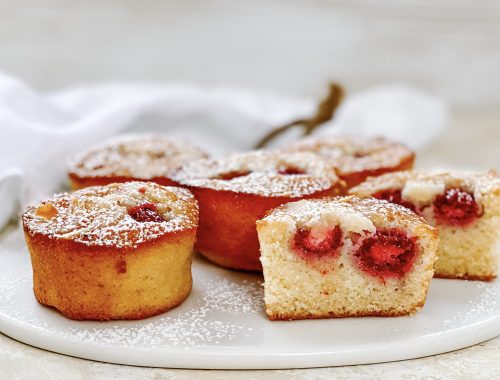
Raspberry Friands
3rd June 2021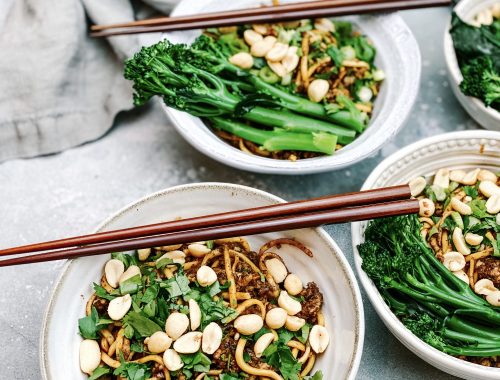
Dan Dan Noodles
20th February 2021